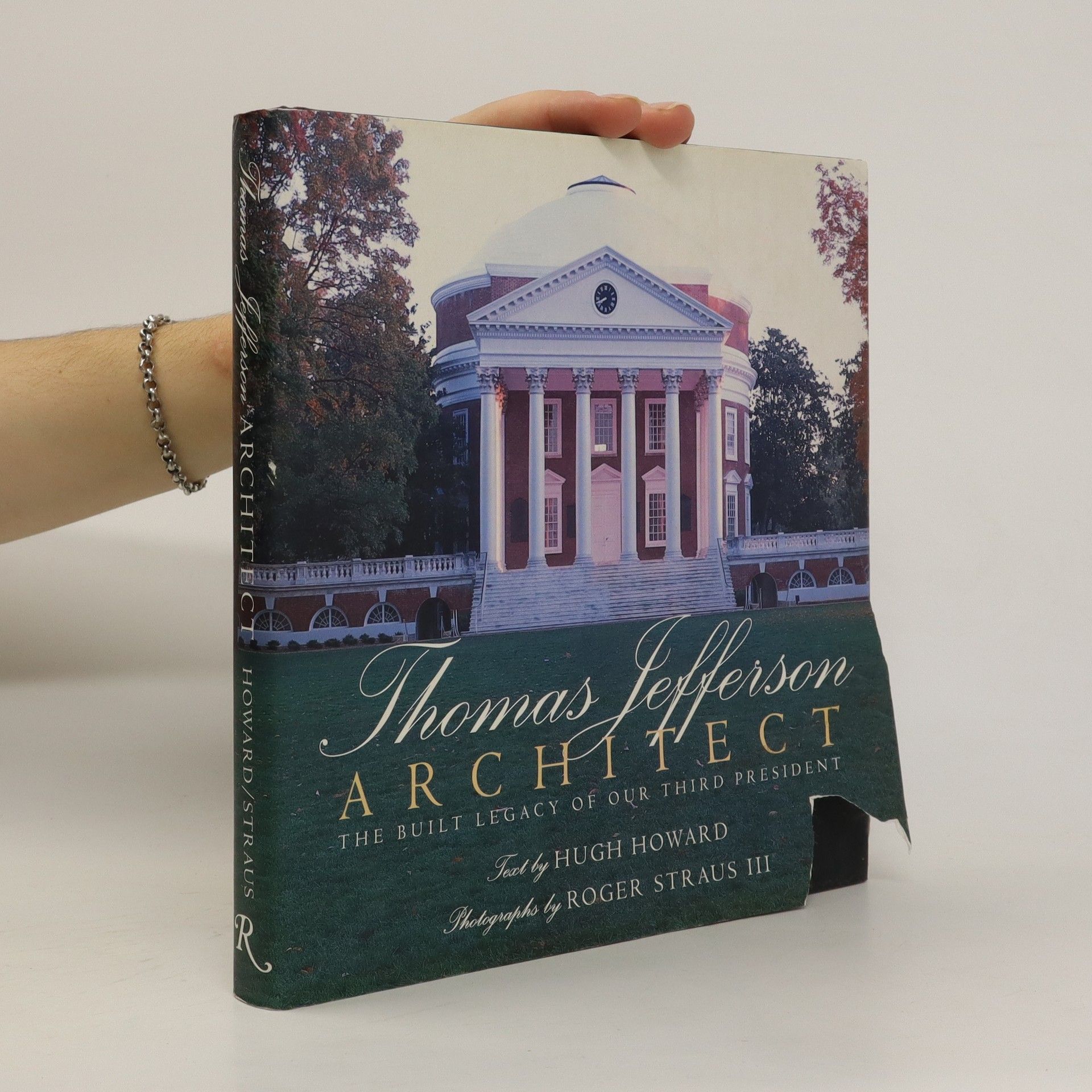Thomas Jefferson: Architect
- 204 páginas
- 8 horas de lectura
Now available in a newly reduced trim size and at a lower price, this is the first volume to include all the existing work by Thomas Jefferson, the third president of the United States and father of American architecture. Along with his numerous political achievements, Thomas Jefferson was also the first great architect of the United States. Monticello, Jefferson’s own home, is showcased here, as is the University of Virginia, which he founded and conceived the architecture for, and which many consider to be the greatest campus of any American university and certainly one of this country’s greatest public spaces. This volume also includes the balance of Jefferson’s work as an architect: the Virginia State Capitol and more than a dozen private homes still standing today. Illustrated with splendid color photography, this is the first volume to combine all the extant work of Jefferson.

